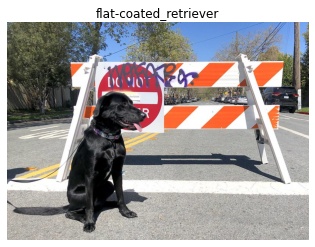Install OpenVINO™ Runtime on Linux From ZYPPER Repository#
Note
Note that the ZYPPER distribution:
offers both C/C++ APIs
does not offer support for NPU inference
is dedicated to Linux users only
additionally includes code samples
Before installing OpenVINO, see the System Requirements page.
Install OpenVINO Runtime#
Step 1: Update the repository#
Update the official factory repository to obtain the latest release:
sudo zypper refresh
To list available OpenVINO packages, use the following command:
zypper se openvino
Step 2: Install OpenVINO Runtime Using the ZYPPER Package Manager#
Install OpenVINO Runtime#
Run the following command:
sudo zypper install openvino-devel openvino-sample
Check for Installed Packages and Version#
Run the following command:
zypper se -i openvino
Congratulations! You’ve just Installed OpenVINO! For some use cases you may still need to install additional components. Check the list of additional configurations to see if your case needs any of them.
With the ZYPPER distribution, you can build OpenVINO sample files, as explained in the
guide for OpenVINO sample applications.
For C++ and C, just run the build_samples.sh script:
/usr/share/openvino/samples/cpp/build_samples.sh
/usr/share/openvino/samples/c/build_samples.sh
Uninstalling OpenVINO Runtime#
To uninstall OpenVINO Runtime via ZYPPER, run the following command based on your needs:
sudo zypper remove *openvino*
sudo zypper remove *openvino-<VERSION>.<UPDATE>.<PATCH>*
For example:
sudo zypper remove *openvino-2025.3.0*
What’s Next?#
Now that you’ve installed OpenVINO Runtime, you’re ready to run your own machine learning applications! Learn more about how to integrate a model in OpenVINO applications by trying out the following tutorials:
Try the C++ Quick Start Example for step-by-step instructions on building and running a basic image classification C++ application.

Visit the Samples page for other C++ example applications to get you started with OpenVINO, such as:
You can also try the following things:
Learn more about OpenVINO Workflow.
To prepare your models for working with OpenVINO, see Model Preparation.
See pre-trained deep learning models on Hugging Face.
Learn more about Inference with OpenVINO Runtime.
See sample applications in OpenVINO toolkit Samples Overview.
Take a glance at the OpenVINO product home page .